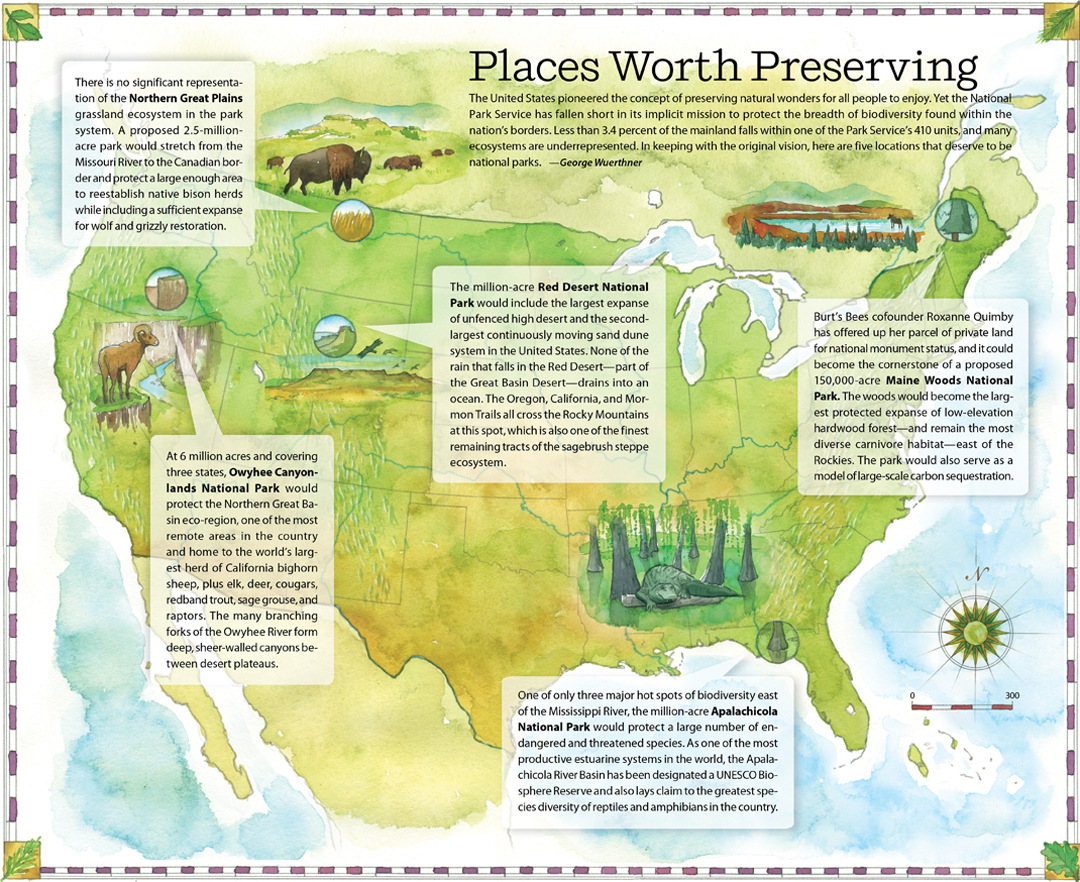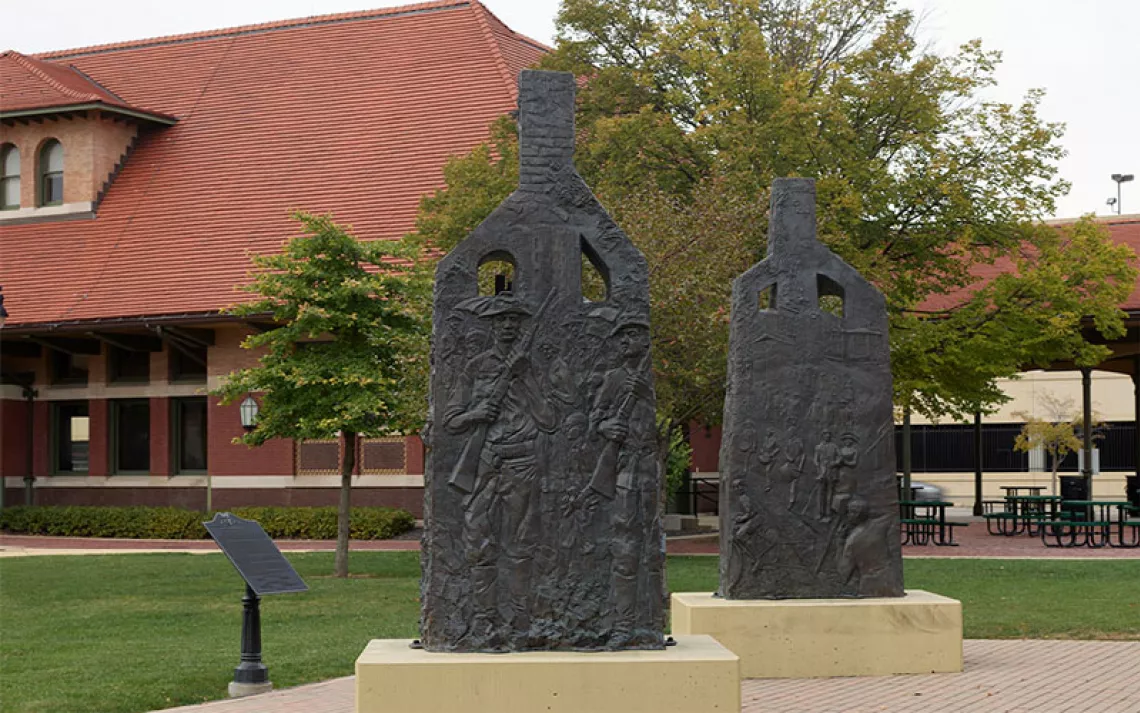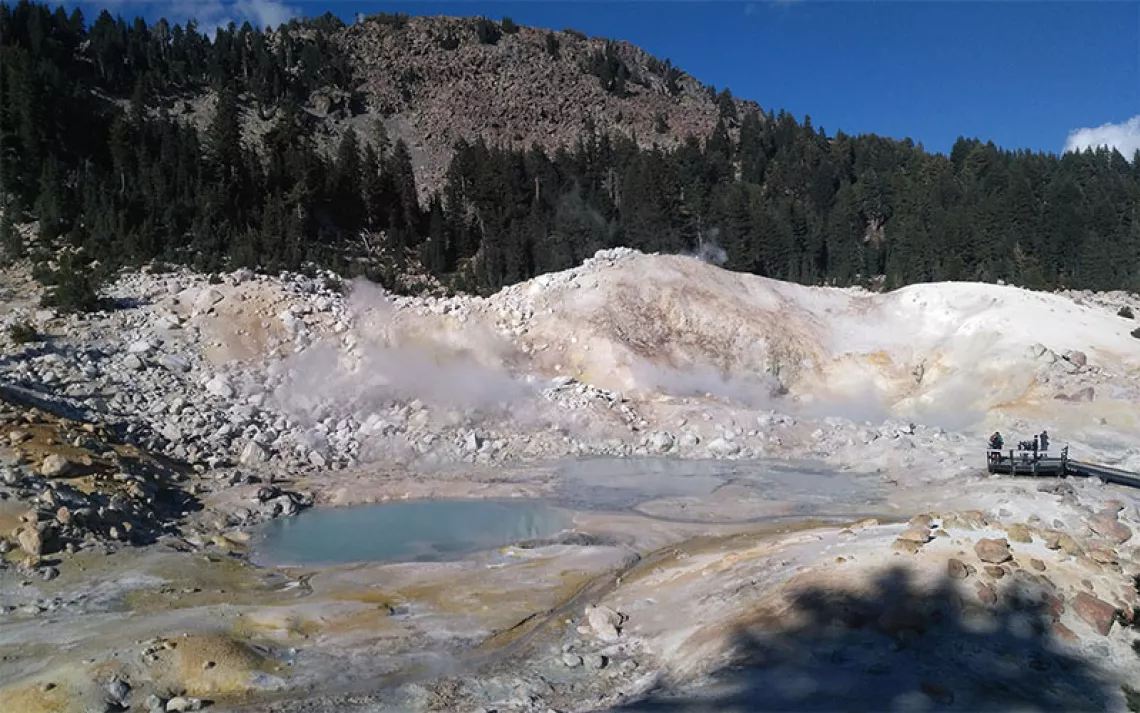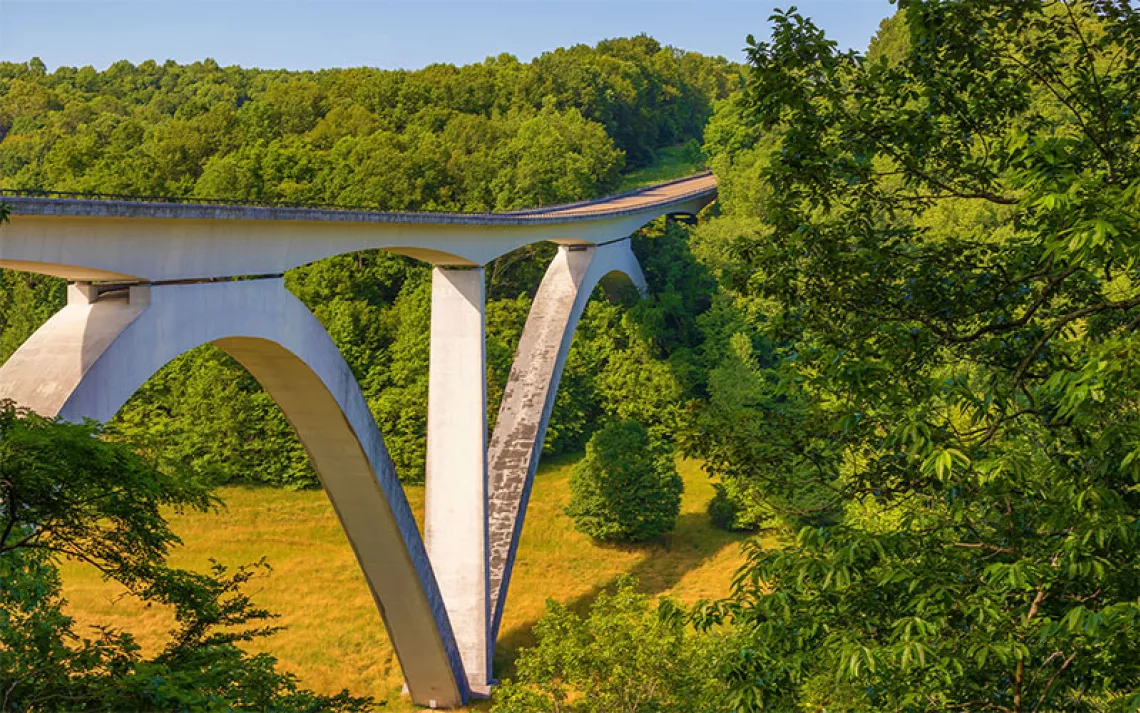Places Worth Preserving
The United States pioneered the concept of preserving natural wonders for all people to enjoy. Yet the National Park Service has fallen short in its implicit mission to protect the breadth of biodiversity found within the nation's borders. Less than 3.4 percent of the mainland falls within one of the Park Service's 411 units, and many ecosystems are underrepresented. In keeping with the original vision, here are five locations that deserve to be national parks.

A map illustrates a wish list for five new national parks. Illusration by Steve Stankiewicz. See map at full size.
There is no significant representation of the Northern Great Plains grassland ecosystem in the park system. A proposed 2.5-million-acre park would stretch from the Missouri River to the Canadian border and protect a large enough area to reestablish native bison herds while including a sufficient expanse for wolf and grizzly restoration.
At 6 million acres and covering land in three states, Owyhee Canyonlands National Park would protect the Northern Great Basin eco-region, one of the most remote areas in the country and home to the world's largest herd of California bighorn sheep, plus elk, deer, cougars, redband trout, sage grouse, and raptors. The many branching forks of the Owyhee River form deep, sheer-walled canyons between desert plateaus.
The million-acre Red Desert National Park would include the largest expanse of unfenced high desert and the second-largest continuously moving sand dune system in the United States. None of the rain that falls in the Red Desert—part of the Great Basin Desert—drains into an ocean. The Oregon, California, and Mormon Trails all cross the Rocky Mountains at this spot, which is also one of the finest remaining tracts of the sagebrush steppe ecosystem.
One of only three major hot spots of biodiversity east of the Mississippi River, the million-acre Apalachicola National Park would protect a large number of endangered and threatened species. As one of the most productive estuarine systems in the world, the Apalachicola River Basin has been designated a UNESCO Biosphere Reserve and also lays claim to the greatest species diversity of reptiles and amphibians in the country.
Burt's Bees cofounder Roxanne Quimby has offered up a parcel of her private land for national monument status, and it could become the cornerstone for a proposed 150,000-acre Maine Woods National Park. The woods would become the largest protected expanse of low-elevation hardwood forest—and remain the most diverse carnivore habitat—east of the Rockies. The park would also serve as a model of large-scale carbon sequestration.
 The Magazine of The Sierra Club
The Magazine of The Sierra Club



